مقدمة
Whether you have a small family farm or a large commercial operation, the tractor is an essential piece of machinery for agriculture. From plowing fields and planting seeds to harvesting crops and moving equipment and supplies around your property, there is no other vehicle that can do as much work as a tractor. However, with so many tractor models and attachments available, selecting the right one for your needs and using it properly requires knowledge. In this blog post, we will provide essential tips for choosing and operating tractors for agriculture. We’ll discuss what to consider when purchasing a new or used tractor, safe operating practices, and answer some frequently asked questions.
اختيار الحق Tractor for Your Farm

The first step is determining what type of work the جرار زراعى will be used for on your farm. Will it primarily be for tilling, planting, fertilizing and other field tasks? Or will you also need to use it for heavy pulling and hauling jobs like moving equipment and trailers? Consider the size of your fields and the types of implements you need to attach as well. Take inventory of your tractor needs and match them to the appropriate horsepower, wheelbase and hydraulic capabilities. Some key factors to consider when selecting a tractor for agriculture include:
- Horsepower: Tractor horsepower is the most important specification. As a general guideline, you’ll need at least 1-2 horsepower for every attached implement. Consider your heaviest implements and terrain conditions to determine the minimum horsepower needed.
- Wheelbase: A longer wheelbase provides more stability, especially for heavy front-end loader work. However, it also means the tractor is less maneuverable. Choose a wheelbase that balances stability and maneuverability for your property.
- Drive Type: Four-wheel drive tractors provide better traction in slippery conditions but are more expensive. Front-wheel assist is a good compromise option.
- Hydraulics: Make sure the tractor has enough hydraulic ports and power to efficiently operate all your hydraulic implements like a loader, backhoe or box blade.
- Attachments: Consider common implements you may add in the future when sizing the tractor’s rear lift capacity and PTO (power take-off) horsepower.
- Cost: Tractor prices vary greatly depending on features. Set a budget and shop for both new and used models within your price range.
Once you determine the key specifications, take demo rides of different tractor models that fit your criteria. Pay attention to comfort, visibility, controls and overall operation to find the best match for your needs.
Operating a Tractor Safely in the Fields
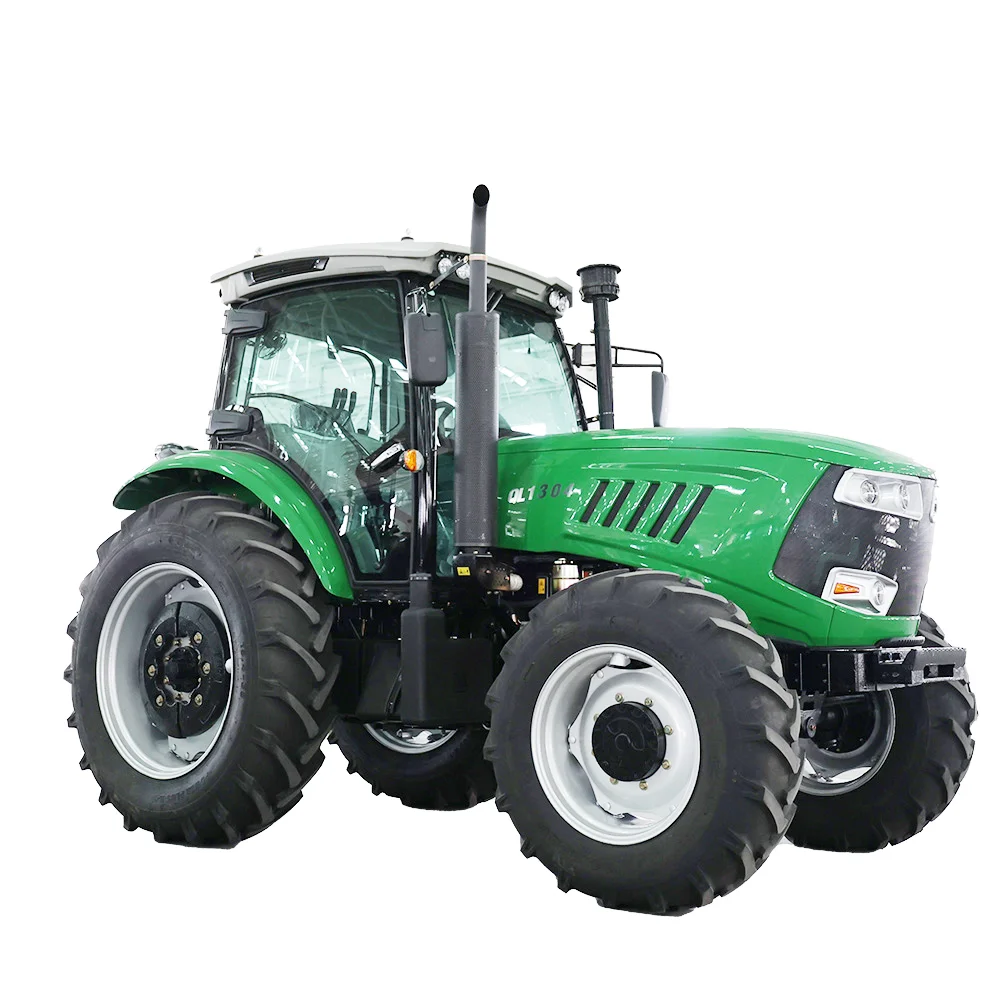
After selecting and purchasing your new tractor for agriculture, it’s critical to learn how to operate it safely. Tractor for agriculture can be dangerous if not used properly, so take the time to thoroughly read the owner’s manual and familiarize yourself with all controls before starting the engine. Some important safety practices when using a tractor in the fields include:
- Always wear a seatbelt and close the roll bar if equipped with a cab. Overturns are a leading cause of tractor accidents.
- Avoid slopes greater than 15 degrees when possible. Drive straight up and down hills, not at an angle.
- Use extreme caution on wet, slippery or uneven terrain where the tractor could lose traction and tip over.
- Never allow passengers to ride on any part of the tractor other than the seat. Keep children and bystanders away from work areas.
- Look both ways before turning at field ends or crossing roads and watch carefully for overhead power lines.
- Apply the parking brake and shut off the PTO before dismounting. Never leave a running tractor unattended.
- Wear appropriate protective equipment like gloves, boots, dust masks and hearing protection when operating or maintaining the tractor.
- Be aware of implements being transported on the tractor or trailer. Secure all loads properly before moving on public roads.
Following basic safety practices is essential to avoid accidents when operating tractors for agriculture. Taking the time to learn safe operating procedures will help ensure you can work productively and return home safely at the end of each day.
After discussing tractor selection and safety practices, it’s important to understand how to properly operate specific tractor attachments and implements. The table below provides guidelines on safely operating some common agricultural equipment attached to tractors:
| Implement | Safety Tips |
|---|---|
| محمل الواجهة الأمامية | Avoid overloading/overextending the loader arms. Drive slowly when carrying loads. Ensure load is secured before transporting. |
| شفرة الصندوق | Raise the blade when driving on roads or turning. Watch for obstacles when backing up. |
| Bush hog/rotary cutter | Always disengage the PTO and stop the blades before leaving the operator’s seat. Wear proper protective equipment. |
| Disc/field cultivator | Avoid sharp turns that could cause the implement to tip. Ensure all guards and shields are in place. |
| Grain drill/planter | Adjust the depth wheels properly for soil conditions. Watch for obstructions when operating in the field. |
| Hay bailer | Clear the area of bystanders and make sure no one is behind the baler before engaging the PTO. Use tailing chains when transporting. |
Following safe operating procedures specific to each implement is key to avoiding injuries and damage to equipment. Take the time to fully understand how to safely use any attachments on your tractor
Conclusion: tractor for agriculture
Whether you have just purchased your first tractor or have been operating them for decades, I hope this blog post provided some useful tips and insights into selecting the right model and using it safely for agriculture. Choosing a tractor with appropriate horsepower, wheelbase and hydraulic capabilities matched to your farm’s terrain and intended uses is essential. Equally important is understanding safe operating practices and the specific safety requirements of any implements attached. With the proper tractor and by mastering safe operation, you’ll be well on your way to productively and efficiently tackling all your field tasks for many years to come. Please let me know if you have any other questions!
الأسئلة الشائعة
What is the average lifespan of a tractor?
- With proper maintenance, most tractors can last 20-30 years or more before needing replacement. Hours of use vary greatly depending on the work, but on average tractors are replaced every 1,000-2,000 hours of operation.
How often should I change the oil in my tractor?
- For regular oil changes, most manufacturer recommendations are every 100 hours or yearly, whichever comes first. Severe or dusty conditions may require more frequent oil changes.
What type of tires should I use on my tractor?
- Row-crop radial tires provide better traction and floatation in soft fields compared to bias-ply tires. Duals on the rear are common for heavier pulling tasks. Check tire pressure regularly to maximize traction.
How much PTO horsepower do I need to pull certain implements?
- As a guide, you’ll need approximately: 6-8 HP for small rotary cutters/shredders; 10-15 HP for bush hogs/finish mowers; 15-25 HP for small square balers; 25-40 HP for medium tillage equipment. Always refer to manufacturer specifications.
What safety features should I look for on newer tractors?
- Features like rollover protection structures (ROPS), seatbelts, rearview cameras, hazard flashers and backup alarms help prevent accidents. Enclosed cabs provide protection from the elements as well.

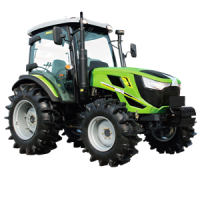
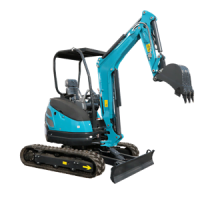
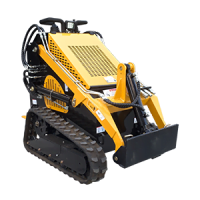
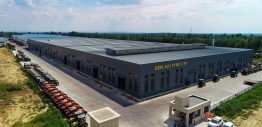

-1.png)